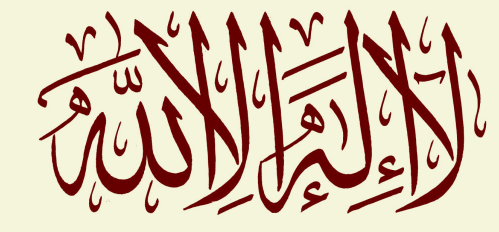The Tranquility of Remembrance (From Razi to Ibn al-Qayyim) in I of the Heart (Leiden: Brill, 2025), 183-198. Edited by Muhammad U. Faruque, Atif Khalil, Mohammed Rustom
At its heart, prayer is the soul’s effort to communicate with and build a relationship with its Divine origin. Viewed this way, Islam recognizes three primary modes of prayer.
The first is the canonical, ritual prayer known as ṣalāt. This is the familiar practice involving specific movements, postures, and recited verses performed by devout Muslims at prescribed times each day. When performed in congregation, it stands as one of the most visible and universal symbols of Islamic faith.
The second mode is supplicatory prayer, or duʿāʾ—the personal act of petitioning God. In duʿāʾ, a believer may ask for help, guidance, or blessing, whether for matters of this world or the hereafter. While permissible, spiritual authorities caution against focusing these requests solely on transient, self-centered desires. The poet Rūmī illustrated this by comparing worldly desires to eating in a dream: the sensation feels real, but upon waking, it provides no true nourishment. To spend one’s prayers on such fleeting ends is to seek a reward as temporary as life itself.
Yet, even a duʿāʾ for a worldly need holds spiritual value. It reinforces the soul’s fundamental recognition of its own need and dependence, affirming God as the ultimate source of all goodness and blessing.
